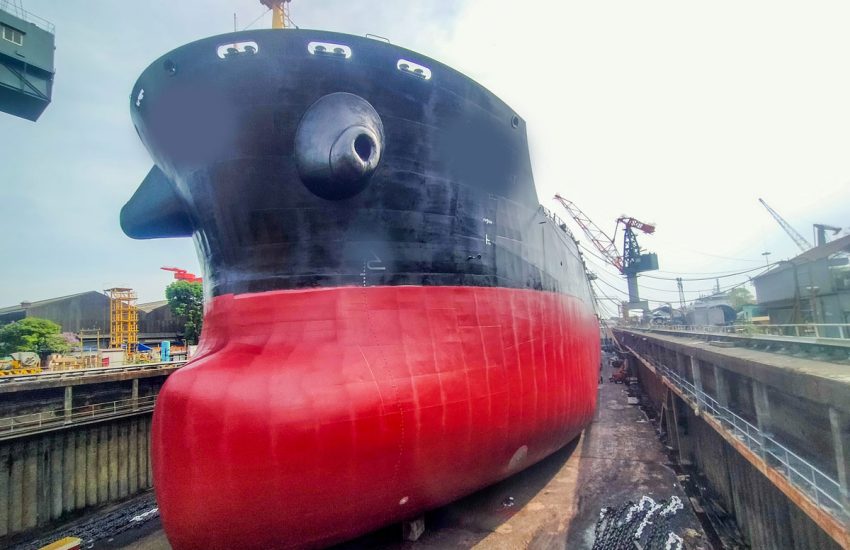The peculiarity of ship paints is that these paints are specifically designed for painting sea, river ships, ships, yachts, barges. These coatings, due to their high resistance to water, have long served the purpose of protecting the hull of a ship from the aggressive influence of water, abrasives, wind, temperatures and ultraviolet raadiation.
Paints for sea vessels possess the greatest degree of protection, since it is the marine environment that is most destructive. If you do not use high-quality anti-corrosion protection, then rust will completely destroy the body in just 5-10 years.
A special type of ship paint: anti – fouling ship paint.
This unique category of paintwork materials is often referred to as “antifouling” paints or “non-enlarging”. Due to the content of biocide in them on the surface painted with anti-fouling paints, various shells and algae cannot settle. In addition to the biocide and the high content of monovalent copper oxide, anti-fouling coatings are also self-polishing paints, the gradual shedding of the upper layers, to which organisms could still attach. This significantly extends the service life of the hull of the vessel, the protective coating itself, and saves fuel by maintaining the surface smoothness.
What are the categories of ship paints?
– Paints for the underwater side:
Paints for the underwater board are applied to the surface of the vessel below the waterline, that is, on that part of the vessel that is always submerged in water. Anti-corrosion properties should be the best, and the coating layer should be as thick as possible. The thickness of the coating depends on the period until the next dock repair.
For painting the underwater board, layer-by-layer application of compositions, the so-called “underwater primers” – epoxy materials is best suited, followed by applying antifouling coatings or special paint for ice-class ships, if necessary. Epoxy primers form a thick layer when painting, which saves on work – less layers need to be done, the treated surface dries faster, less is the cost of renting docks.
– Paints for freeboard:
The paints for the freeboard are used both for repairs at the dock and for tinting during the operation of the vessel. Such paints have a high degree of abrasion and elasticity, resistant to mechanical stress. When coloring the freeboard, easy-to-use one-component schemes are popular, using primer and topcoats based on vinyl acrylic or alkyd.
Excellent results are shown by epoxy-polyurethane schemes using epoxy primer and an elastic topcoat, which is highly resistant to fading and exposure to solar radiation.
– Paints for superstructures, including deck paints:
Paints for superstructures, including deck paints, are very easy to use and are usually applied in the ship’s operating mode — at crossings or during stops. The characteristics important for such paints are high drying speed, weather resistance and ease of application. As a rule, these are one-component ship’s soils and enamels, which have a high resistance to abrasion.
For cruise ships and yachts, epoxy-polyurethane schemes are more suitable – simpler and more reliable, but at the same time more expensive.
– Special ship paints and varnishes:
Special ship paints and varnishes used for various special needs on ships and ships. To paint the heated exhaust pipes, as well as manifolds, heat-resistant paint is needed. For the deck to get an attractive look, an alkyd-urethane lacquer is required to finish the “Yacht” decks.



